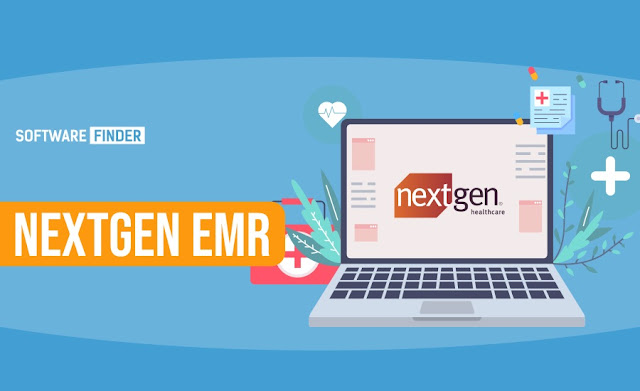How The Latest NextGen EMR Reviews Can Help You Choose
NextGen EMR
Are you curious to know why it is so expensive to acquire NextGen Medical Software? Why do some people say they are happy that they got this software when they paid around $300 for it? What nextgen medical software does? This article will briefly discuss the different aspects of NextGen Medical Software. This information should be able to shed some light on your next choice in software.
When purchasing a medical program, like Nextgen EMR Medical Software, one has to think of the program's main advantages and then ponder how these can be translated to the business domain. One advantage of the software is that it allows for total electronic healthcare billing. This can either be used for individual practices or large offices. Electronic healthcare billing saves time, money, and energy.
It also allows for electronic medical records. In other words, all the data collected on a patient is stored electronically, which eliminates the need for hard copy documentation of the same. The nextgen medical software also provides next-generation electronic healthcare claims processing.
It provides next-generation electronic claim payment and electronic health care insurance management. This means that the nextgen software allows for claim payment, electronic patient visits, and electronic health care insurance claims and medical records.
Transform Your Medical Practice with Nextgen Software
Another advantage of the software is that it eliminates paper-based record keeping. This reduces costs significantly, which results in more revenue for the clinic or medical practice. This translates into increased bottom-line profit, which leads to higher profits. The next generation of electronic medical records eliminates a significant amount of paperwork, increasing efficiency and leading to patient satisfaction. Some reviews have indicated that patients are satisfied with the elimination of paperwork as much as 60%.
One of the most popular features of the next generation of electronic medical records is that it eliminates the tedious task of creating a spreadsheet to document patient visits. Instead, it allows the doctor or practitioner to enter the date, time, and visit details on a single sheet of paper. This eliminates the need for tedious, time-consuming calculations.
One of the first things users reported as being difficult when using electronic medical records was the lack of a good keyboard. Some users had trouble learning how to type at all. This problem has since been addressed.
In previous iterations of the software, if a user wished to enter a new word, they had to enter it via the keyboard, which meant they had to learn a brand new skill. However, this issue has now been addressed by including special keys on the devices' keyboards that allow easy entry of numbers, letters, and words.
In addition, the software now provides different hotkeys that make entering particular terms easier for people who have no familiarity with them.
Perhaps the most important thing that the latest Nextgen reviews point out is that the program is more effective at keeping patient records. In the past, patients often had to mail their records to the clinic to keep their data.
While this made sense regarding storage space, it also required staff to spend valuable hours sifting through boxes of paperwork to track down information they needed. Now, the system uses an internet interface that makes it easy for staff to access patient records.
Perhaps the most important feature of the newest edition of electronic medical records is introducing a patient portal. Although not the most popular option among doctors, the portal makes it considerably easier to locate patients in a large hospital.
This allows the doctor to input the address, and the system will return details such as the patient's name, address, and contact information. For clinics, this can be crucial in ensuring that patients have easy access to services. By using this method, clinics can reduce the time doctors spend trying to locate individuals- the most important aspect of patient care.




Comments
Post a Comment